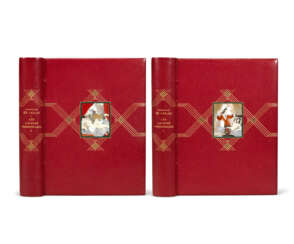жорж левицкий (1885 -
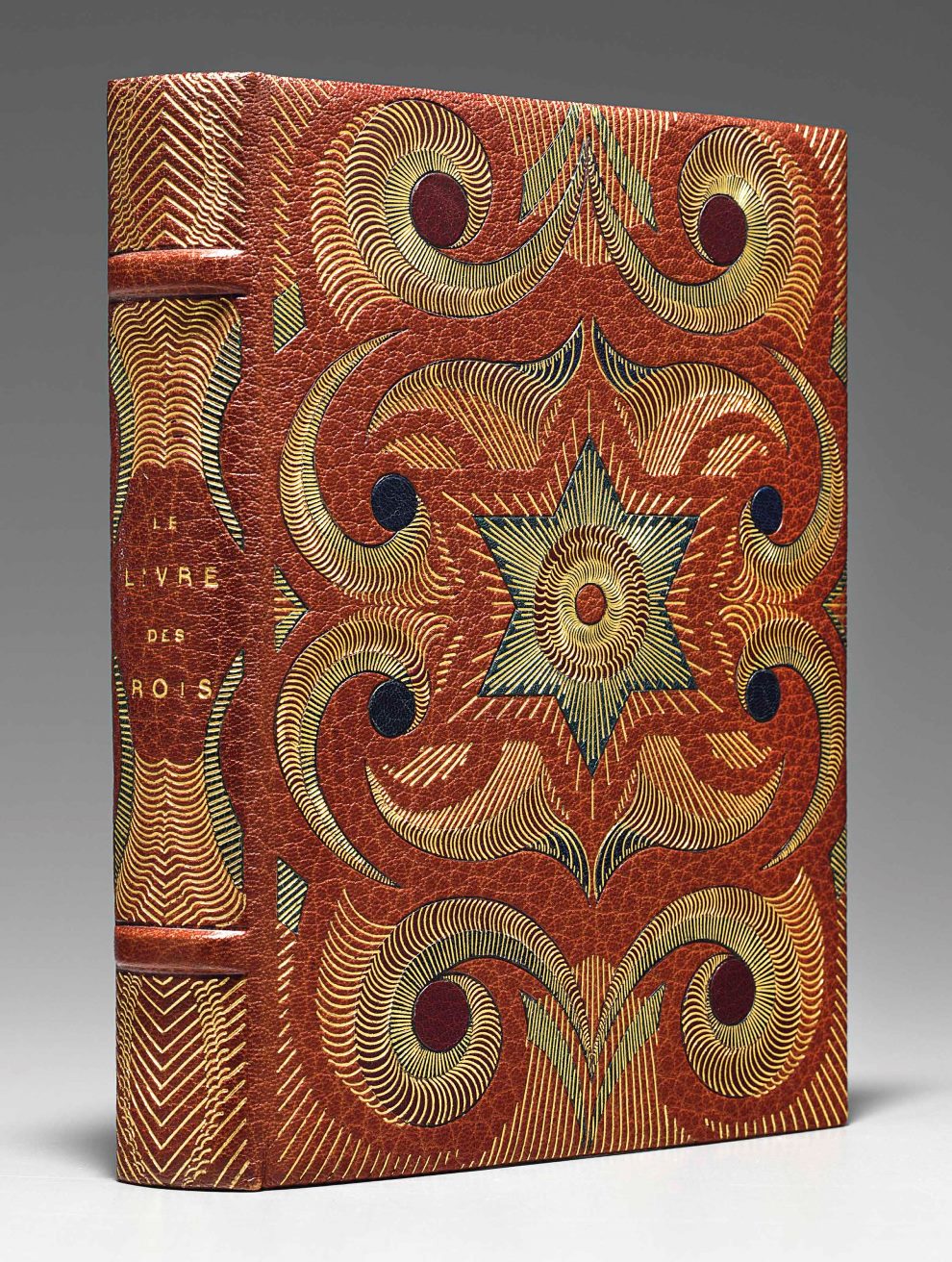
Georges Levitsky was a Russian-born bookbinder who worked in Paris in the early 20th century.
In 1907, bookbinder Georges Levitsky emigrated from Odessa to Paris, where he opened his own workshop in 1910. He produced unique, luxurious Art Deco products in limited editions for bibliophiles. Levitsky collaborated with famous artists and illustrators, and his clients included King Albert I of Belgium and King Alexander I of Serbia.
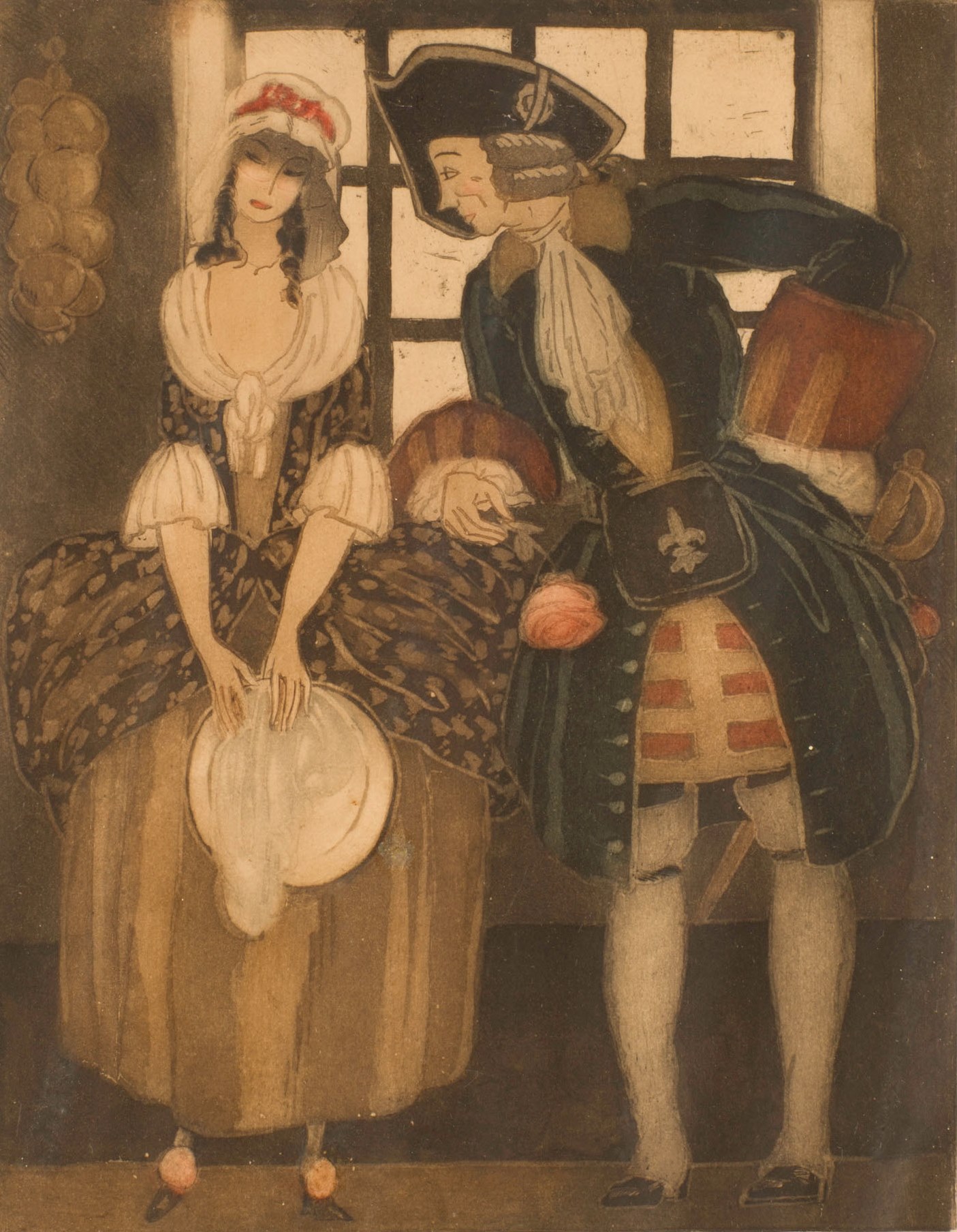
Sylvain Sauvage, born Félix Roy, was a French Impressionist and Modernist painter, illustrator, designer and printmaker.
He studied at the Faculty of Fine Arts in Paris, and after the First World War he took up illustration thanks to the publisher Kieffer, who in 1922 commissioned him to illustrate Voltaire's Ingenue. Sylvain Sauvage subsequently collaborated with Mornay, Jonquière and Crès. In 1925 Sauvage became an independent publisher and was also known as a fine illustrator and technical book specialist. His work was exhibited at the Salon des Artistes-Decorators and he was director of the Ecole dEstienne. Sylvain Sauvage illustrated many books during his career.
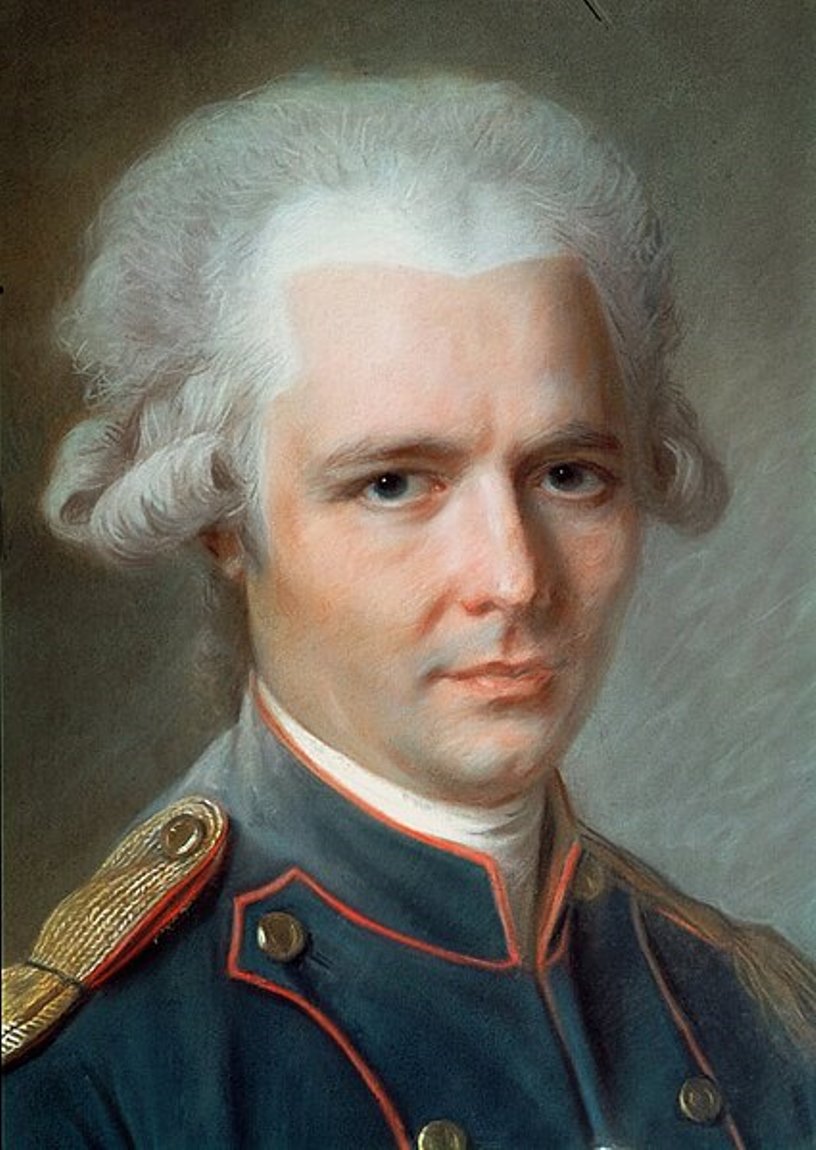
Pierre Choderlos de Laclos, full name Pierre Ambroise François Choderlos de Laclos, was a French politician, inventor, military leader, and writer.
De Laclos initially pursued a military career, but soon abandoned it, deciding that he would achieve greater fame by becoming a writer. He wrote poetry, erotic stories. His first novel "Dangerous Liaisons" (Les Liaisons dangereuses, 1782) immediately made a great impression and caused a mixed reaction in society. This is one of the masterpieces of novelistic literature of the XVIII century, which describes the love affairs of the aristocracy. On its motives, a large number of commentaries were later written, plays were staged and movies were filmed.
Later, Pierre Choderlot de Laclos worked for some time as secretary to the Duke of D'Orleans, writing several treatises on military and political topics. And in 1792 he again joined the army, where under Napoleon he rose to the rank of general, participated in the Rhine and Italian campaigns.

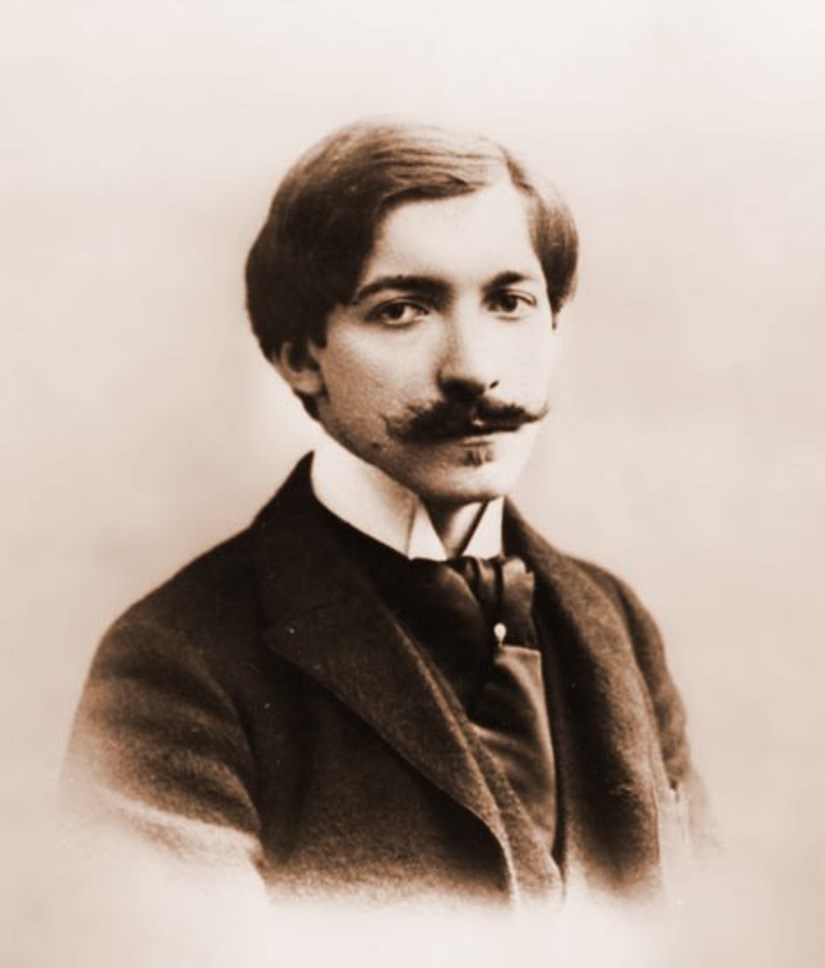
Pierre Louÿs, real name Pierre Félix Louis, was a French poet and writer.
He specialized in erotic and ancient themes in the Art Nouveau style. Louÿs's most famous work is The Songs of Bilitis. It is a collection of erotic poetry with strongly lesbian themes, written in the manner of Sappho. Although Louÿs claimed that these poems had a Greek source, this ultimately proved to be a hoax.

Georges Levitsky was a Russian-born bookbinder who worked in Paris in the early 20th century.
In 1907, bookbinder Georges Levitsky emigrated from Odessa to Paris, where he opened his own workshop in 1910. He produced unique, luxurious Art Deco products in limited editions for bibliophiles. Levitsky collaborated with famous artists and illustrators, and his clients included King Albert I of Belgium and King Alexander I of Serbia.
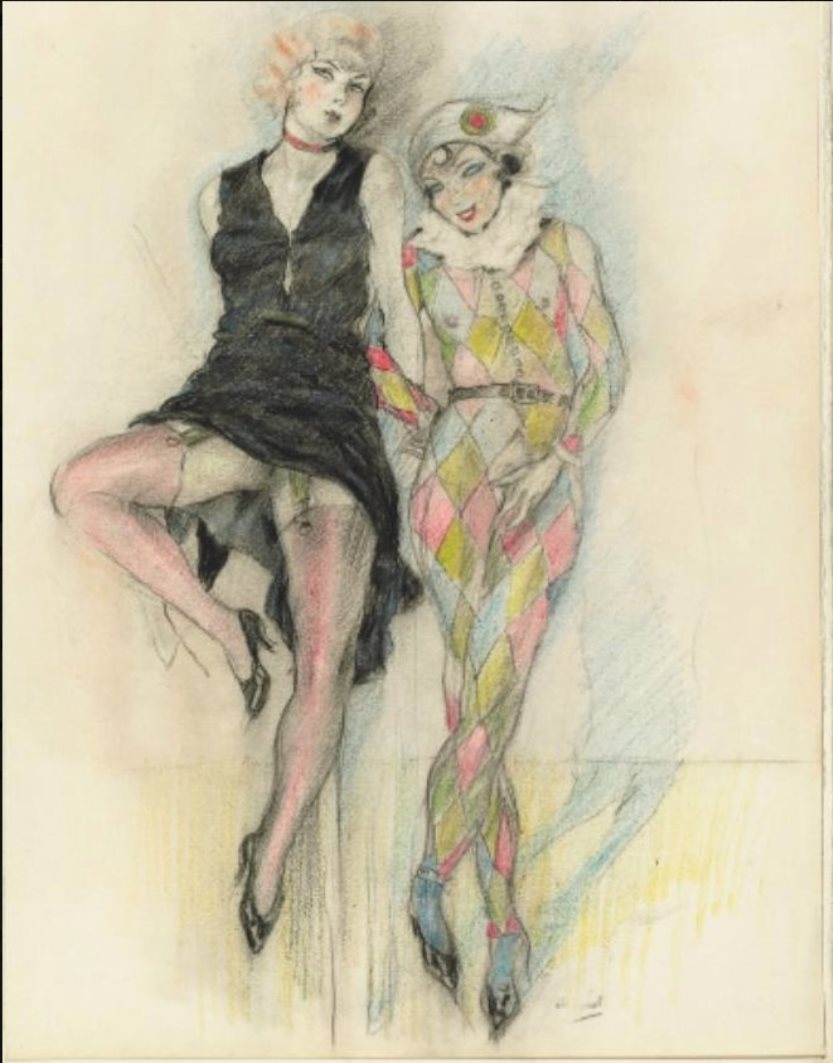
Edouard Chimot was a French Art Deco painter, illustrator and editor.
Edouard studied at the Ecole des Arts Décoratifs in Nice and then at the Ecole des Beaux-Arts in Lille. After the war, he was able to prove himself as an illustrator and master publisher. At the height of the Art Deco heyday, Chimot received a number of commissions to illustrate books with his original engravings, the first of which was the rare book Les Après-Midi de Montmartre with fourteen engravings by Chimot.
In 1920, Édouard Chimot founded his own publishing house, Éditions d'Art Édouard Chimot. Through this venture, he not only continued to create his own art, but also collaborated with other artists and writers to create high quality limited edition books, often with his distinctive illustrations. Édouard Chimot was associated with late Symbolist and decadent culture, and his own work is sometimes referred to as post-Symbolist. His collaborations with famous writers and poets, including Paul Verlaine and Charles Baudelaire, brought his illustrations to the forefront of the Art Nouveau movement.
With the collapse of the financial system in the early 1930s in Europe, the demand for luxury products also fell, but the artist continued to work, produce books and paint. Chimot's artistic style is characterized by sensuality and romanticism. He was an artist of the female figure, style, eroticism and embodied the essence of Art Deco imagery.

